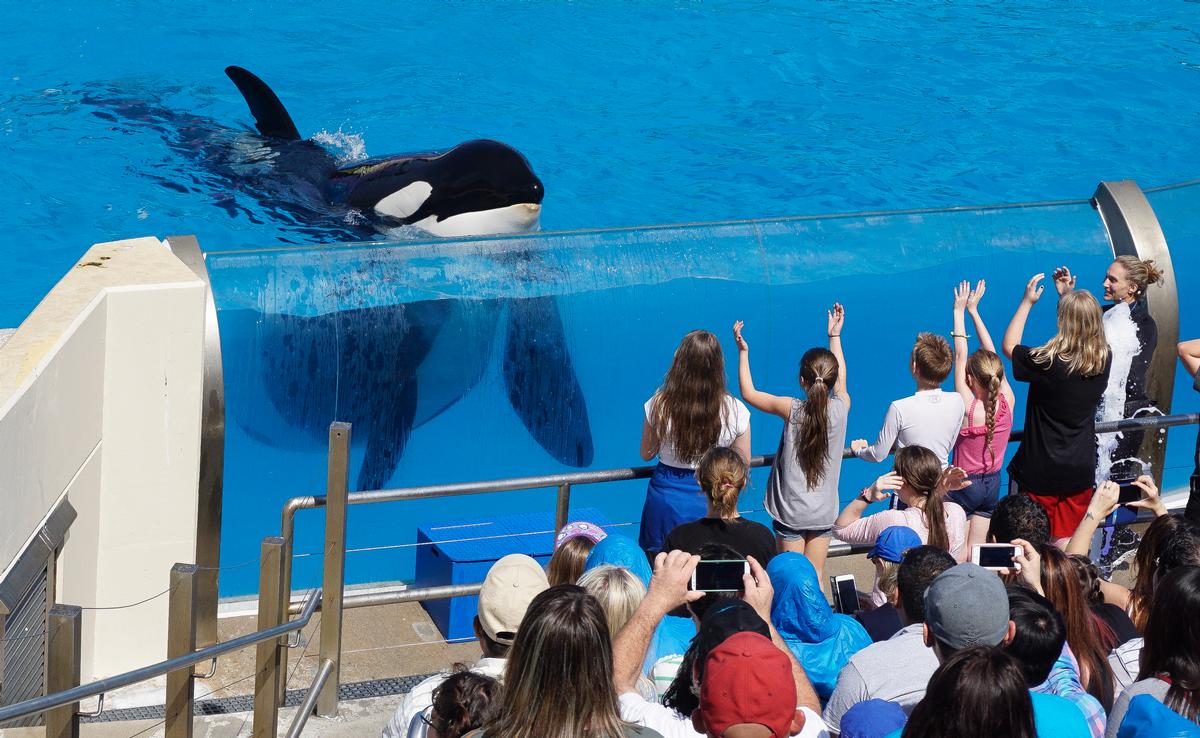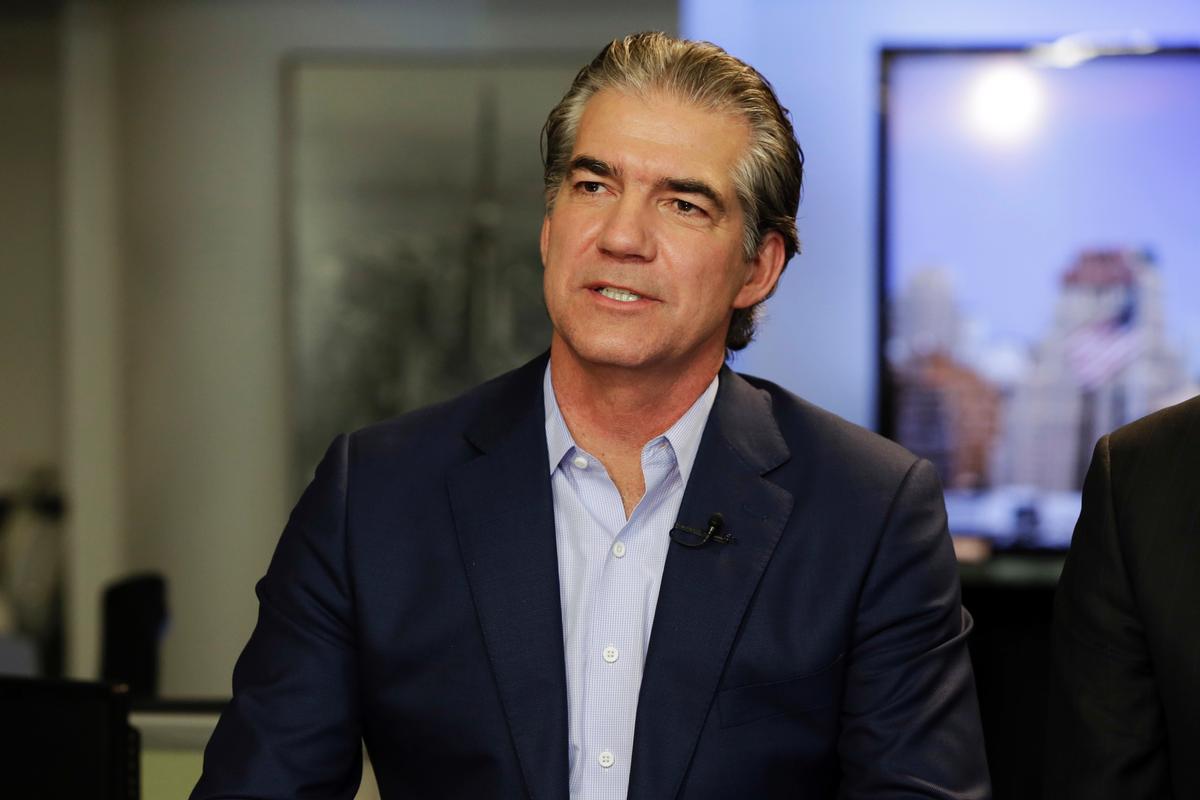see all jobs
Exclusive: Ending orca captivity 'the most difficult decision I’ve ever made in business', says SeaWorld CEO
SeaWorld CEO Joel Manby did not anticipate having to put an end to orca captivity when he took up the role last year, revealing the passionate public outcry swayed his stance on the subject.
When SeaWorld first opened its doors 52 years ago, it’s was without its killer whales. Those arrived later in 1965 but have since become and continue to be the stars of the show. Following his appointment in 2015, Manby was faced with a tough choice – bring an end to SeaWorld’s most iconic attraction or risk alienating its millennial audience.
As a result SeaWorld announced in March – one year on from the appointment of Manby – that it would be ending its orca breeding programme effective immediately, with its current generation of whales the last it will house. The traditional theatrical show will also be phased out, to be replaced with something more natural.
“I did not think this was something we were going to have to do,” said Manby speaking exclusively to Attractions Management. “I thought coming in, as long as we got the truth out about the company, we would be ok. Our research was quite pervasive and our millennial audience showed even worse data – those are our future customers.
“Making this kind of decision shows the people we are listening and we are trying to change. We get it – having animals this magnificent and this large in a captive environment is a tough sell for us over the long term.
“No I didn’t think we’d have to do it, but we listened to public opinion and looked at what our research told us. It was an incredibly difficult decision. I think the most difficult decision I’ve ever been involved with in a business.”
After making its decision to end orca captivity, this week SeaWorld dropped a lawsuit against the California Coastal Commission which was challenging a breeding ban on killer whales in the state. Manby also exclusively revealed to Attractions Management that SeaWorld’s Middle East expansion would be its first park not to include any orcas.
When asked about the strategies laid out by SeaWorld in the last 18 months, Manby said there was still work to be done – not just by SeaWorld, but by zoos and aquariums worldwide.
“We all have to do a better job, SeaWorld included,” said Manby. “There is a false notion out there, and I think a very dangerous one, that all animals held under human care is always a bad thing. That is just not true. Rescue alone is a reason for our facilities and our unbelievable zoological community to exist.
“SeaWorld is the largest rescue organisation in the US and we want to be the largest marine animal rescue organisation in the world. Without our facilities, hundreds of dolphins, thousands of sea lions, manatees and birds, would die every year.
“We don’t control our rescue operation – the government does,” he continued. “They call us and we do it – mostly on our dime, almost all on our dime. That alone is a reason to have zoological organisations, not to mention crucial species preservation for the future. I do believe society will begin to understand that but this notion that captivity is a bad thing is seemingly popping its head up more than it used to and it needs to be addressed.”
Asked if he felt he made the right choice bringing an end to SeaWorld’s orca programme, Manby was certain of his decision.
“The data shows that we’ve made the right call,” he said. “There’s no decision like this where you’re going to please everybody but I think that as SeaWorld continues to evolve as a company, 50 years from now you’re going to look back – hopefully a lot sooner than that – but society will look back and say it was definitely the right choice.”
More News
- News by sector (all)
- All news
- Fitness
- Personal trainer
- Sport
- Spa
- Swimming
- Hospitality
- Entertainment & Gaming
- Commercial Leisure
- Property
- Architecture
- Design
- Tourism
- Travel
- Attractions
- Theme & Water Parks
- Arts & Culture
- Heritage & Museums
- Parks & Countryside
- Sales & Marketing
- Public Sector
- Training
- People
- Executive
- Apprenticeships
- Suppliers

















































